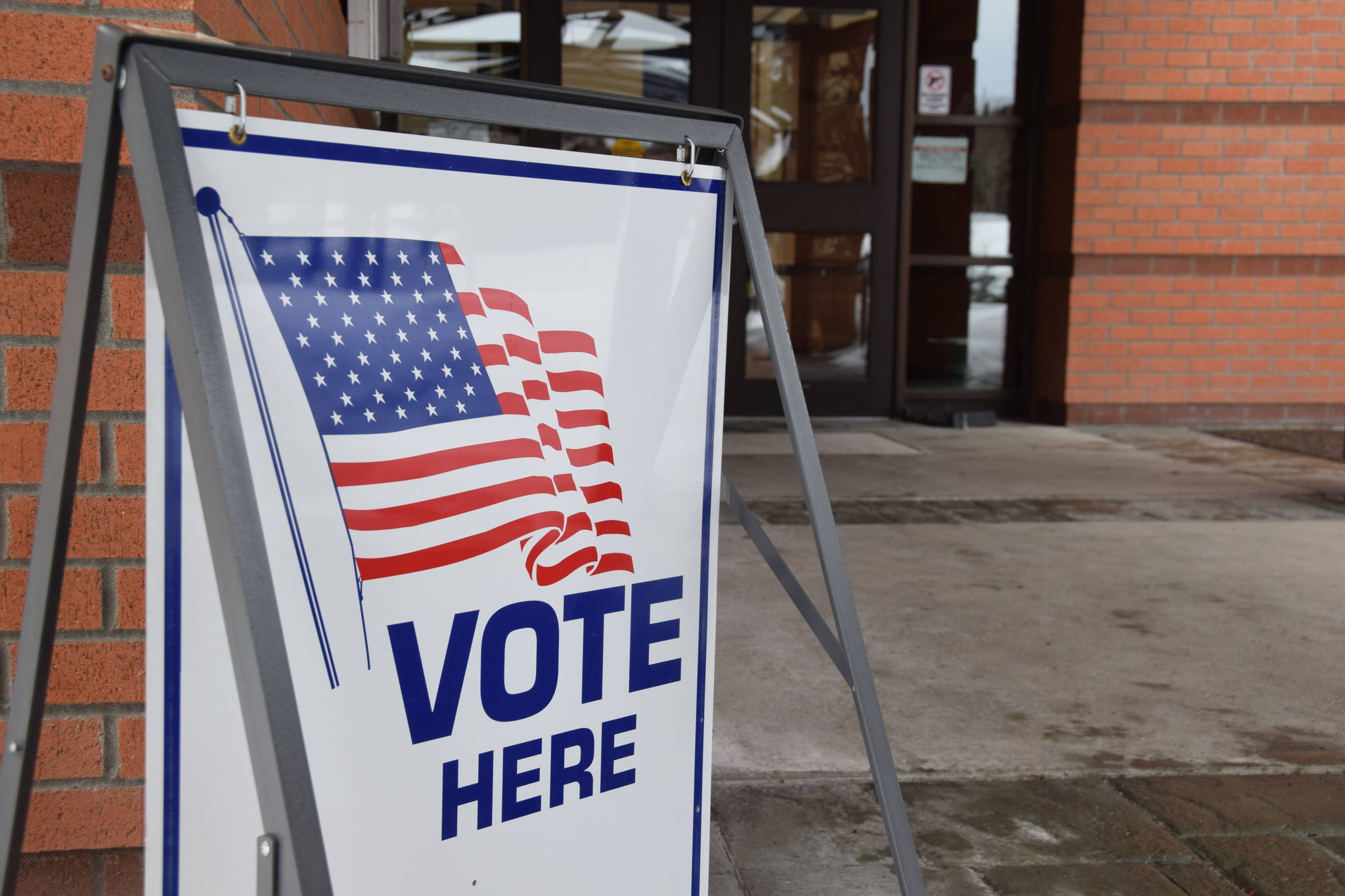In 1920, a hundred years ago, the 19th amendment was added to the U.S. constitution extending the right to vote to women. Now, a group of Soldotna women are getting together to celebrate and commemorate the historic constitutional amendment.
Barbara Waters of Soldotna said she came up with the idea for the event while browsing other events in other states advertised by the National Women’s History Alliance.
“They had a list from each state on how they were celebrating the 100th anniversary of women’s right to vote and I didn’t see Alaska on the list, and thought, ‘that’s not right,’” Waters said.
Waters brought the idea to a group of friends, and planning for the event began a couple of months ago, she said.
Marge Mullen — who homesteaded in the Soldotna area during its earliest years as a pioneering settlement — will be the featured speaker at the event, during which she will share some anecdotes about her experience making a life for herself and her family on the central peninsula. The Soldotna matriarch is also celebrating a centennial of her own this year. She turns 100 in June.
Waters said the League of Women Voters will also be at the event to talk about their work and efforts in the community. A registrar will also be at the event to register anyone who wants to vote.
There will be an open mic at the event as well, where anyone is invited to share poetry, prose or song related to the celebration of women’s right to vote.
Waters said the event isn’t only for women, and that everyone is welcome.
The women’s rights effort began in the 19th century in the U.S. Before the right to vote was granted to all women, it was granted on a state-by-state basis. New Zealand was the first country to enfranchise women on a national scale in 1893. In 1910 in the U.S., Washington state was the first of the states to allow women to vote, followed by California in 1911 and Oregon, Kansas and Arizona in 1912. Some states only allowed women to vote in smaller school and municipal elections. Some states only allowed women who owned property to vote.
Alaska’s territorial government gave women full voting rights in 1913, however, that right was extended to white women and not indigenous women.
Alaska Native Brotherhood and Sisterhood advocated for Native suffrage rights, which was granted in 1915, at a cost.
Indigenous people were able to vote if they “gave up their tribal customs and traditions,” according to an article about women’s suffrage in Alaska from the National Park Service. To become a citizen and vote after 1915, Native people had to obtain five endorsements from white citizens and have “severed all tribal relationships and adapted the habits of a civilized life,” according to a timeline on Native health by the U.S. National Library of Medicine.
In 1924, Alaska Natives were officially granted citizenship and the right to vote.
When Congress passed the 19th amendment in June 1919, at least 36 states needed to vote in favor of it for it to become law.
Those 36 states came through in August of 1920 when the amendment, ensuring the right to vote could not be denied based on sex, was ratified.
While women were legally entitled to vote after 1920, many black women were denied their voting rights in the South until the Voting Rights Act of 1965, which prohibited racial discrimination in voting.
The Centennial Voices event will be held from 1 to 3 p.m., Jan. 25, at the Soldotna Library.

